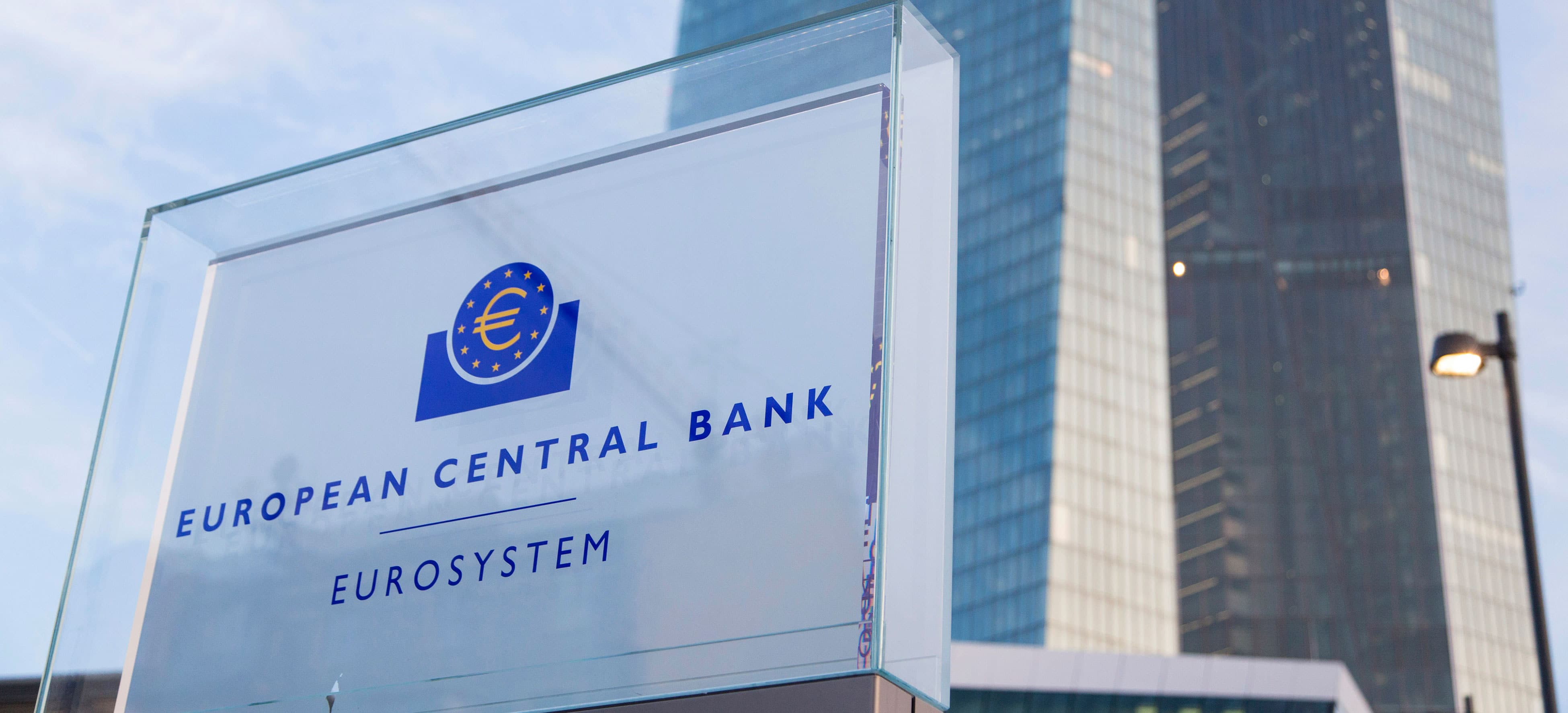As of this Wednesday, eurozone banks will be able to bid for a four-year loan from the ECB at an interest rate starting from zero which could eventually be negative.
The new world of online trading, fintech and marketing - register now for the Finance Magnates Tel Aviv Conference, June 29th 2016.
The net take-up, after institutions repay their borrowings from an earlier, less-generous program, is likely to be 50 billion euros ($57 billion), according to Bloomberg. The result of the operation will be published on Friday.
The targeted lending program, dubbed TLTRO-II, is part of the ECB’s drive to convince banks to provide more credit to companies and households in order to boost economic growth and inflation. However, with the currency bloc already flush with Liquidity and the global outlook uncertain, the impact may be incremental rather than spectacular.
Nick Kounis, head of macro research at ABN Amro Bank, Amsterdam, commented: “We don’t think the program is going to be a game changer in terms of lending conditions and loan growth”. Kounis predicts the net take-up in all four operations of the program will be between 100 billion and 200 billion euros. He added, “It is a good idea, but we don’t expect this to lead to a boom in lending.”
Sub Zero
The quarterly TLTRO-II operations will be initially charged at the main refinancing rate which is presently zero. This can fall as low as the deposit rate, which is now -0.4 percent, if banks expand their eligible loan book by 2.5 percent by the end of January 2018.
Its predecessor TLTRO-I has so far provided banks with a total of 426 billion euros at low but non-zero interest rates. Via an early-repayment option, banks will pay back 368 billion euros of that cash on 29 June. A final TLTRO-I on 23 June will be carried out as scheduled, with the take-up likely to be minimal.
Timing
One of the main reasons to borrow a large sum of cash now may be timing since the operation coincides with the U.K.’s Brexit referendum on 23 June. Should Britain leave the EU, this could send shockwaves across the markets and dry up British banks’ access to euros. Those lenders are eligible if they have operations in the currency bloc.
However, there’s one thing that the eurozone isn’t short of and that’s liquidity. At the same time, demand for credit is hardly booming, as noted by Elwin de Groot, an economist at Rabobank in Utrecht, the Netherlands, who predicts a net take-up of 40 billion euros this week.
He added: “TLTRO-II will not be a major success, largely because there is likely to be fairly limited demand for these loans in the face of huge excess liquidity in money markets and still relatively subdued loan demand. Although we do believe that this is actually the best and most effective part of the ECB’s March easing package, as it does have a clear connection with the real economy.”
As of this Wednesday, eurozone banks will be able to bid for a four-year loan from the ECB at an interest rate starting from zero which could eventually be negative.
The new world of online trading, fintech and marketing - register now for the Finance Magnates Tel Aviv Conference, June 29th 2016.
The net take-up, after institutions repay their borrowings from an earlier, less-generous program, is likely to be 50 billion euros ($57 billion), according to Bloomberg. The result of the operation will be published on Friday.
The targeted lending program, dubbed TLTRO-II, is part of the ECB’s drive to convince banks to provide more credit to companies and households in order to boost economic growth and inflation. However, with the currency bloc already flush with Liquidity and the global outlook uncertain, the impact may be incremental rather than spectacular.
Nick Kounis, head of macro research at ABN Amro Bank, Amsterdam, commented: “We don’t think the program is going to be a game changer in terms of lending conditions and loan growth”. Kounis predicts the net take-up in all four operations of the program will be between 100 billion and 200 billion euros. He added, “It is a good idea, but we don’t expect this to lead to a boom in lending.”
Sub Zero
The quarterly TLTRO-II operations will be initially charged at the main refinancing rate which is presently zero. This can fall as low as the deposit rate, which is now -0.4 percent, if banks expand their eligible loan book by 2.5 percent by the end of January 2018.
Its predecessor TLTRO-I has so far provided banks with a total of 426 billion euros at low but non-zero interest rates. Via an early-repayment option, banks will pay back 368 billion euros of that cash on 29 June. A final TLTRO-I on 23 June will be carried out as scheduled, with the take-up likely to be minimal.
Timing
One of the main reasons to borrow a large sum of cash now may be timing since the operation coincides with the U.K.’s Brexit referendum on 23 June. Should Britain leave the EU, this could send shockwaves across the markets and dry up British banks’ access to euros. Those lenders are eligible if they have operations in the currency bloc.
However, there’s one thing that the eurozone isn’t short of and that’s liquidity. At the same time, demand for credit is hardly booming, as noted by Elwin de Groot, an economist at Rabobank in Utrecht, the Netherlands, who predicts a net take-up of 40 billion euros this week.
He added: “TLTRO-II will not be a major success, largely because there is likely to be fairly limited demand for these loans in the face of huge excess liquidity in money markets and still relatively subdued loan demand. Although we do believe that this is actually the best and most effective part of the ECB’s March easing package, as it does have a clear connection with the real economy.”

















